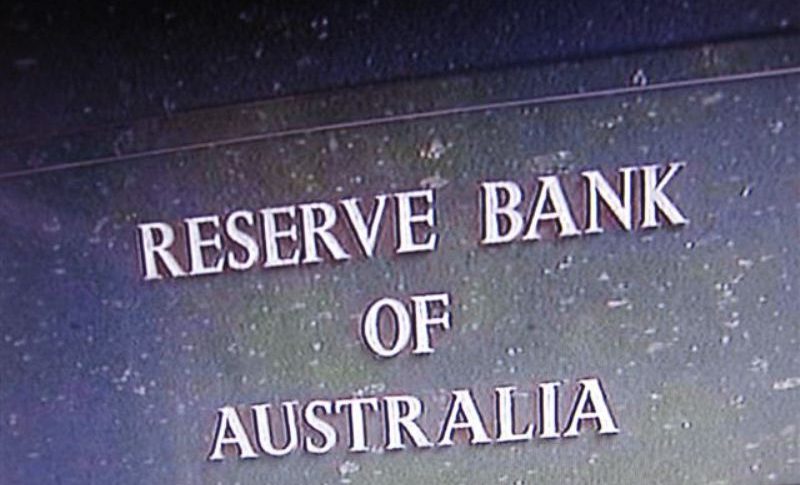AUDUSD the 50 SMA After the RBA Meeting
AUDUSD has been declining for 5 weeks, after the failure to reach 0.70 and the rejection by the 100 weekly SMA, however it was waiting above the 50 SMA ahead of the RBA meeting and US presidential elections. There were no expectations for a rate cut by the RBA, but there were rumours that they would signal the start of rate cuts in this meeting, which would send the Aussie lower.

The USD’s decline, driven by U.S. presidential election polls, led the AUD/USD pair to open with a positive gap yesterday. However, the downtrend resumed during the U.S. session. Last week, increased selling pressure on commodity-linked currencies, particularly the Australian dollar, pushed the AUD/USD below the 0.66 mark.
Although the pair briefly rebounded above 0.66 after the positive gap, it dropped below this level again during the U.S. session, signaling persistent selling pressure. This decline persists despite earlier-in-the-week manufacturing and services PMI data, which hinted at some economic improvement for Australia.
AUD/USD Chart Weekly – The 50 SMA being Tested Again
Reserve Bank of Australia Policy Meeting November 5
- Reserve Bank of Australia leaves cash rate unchanged at 4.35%, as expected
- Underlying inflation remains too high
- Inflation is not expected to return sustainably to the midpoint of the target until 2026
- The labour market remains tight, and demand for labour is strong.
Headlines:
- The board will continue to rely upon the data and the evolving assessment of risks.
- Underlying inflation remains too high.
- Inflation is not expected to return sustainably to the midpoint of the target until 2026.
- Policy will need to be sufficiently restrictive until the board is confident that inflation is moving sustainably towards the target range.
- While headline inflation has declined substantially and will remain lower for a time, underlying inflation is more indicative of inflation momentum, and it remains too high.
- The board is not ruling anything in or out.
- Growth in output has been weak.
- A range of indicators suggest that labour market conditions remain tight.
- Taking account of recent data and the updated forecasts, the board’s assessment is that policy is currently restrictive and working broadly as anticipated.
- Wage pressures have eased somewhat, but labour productivity is still only at 2016 levels, despite the pick-up over the past year.
- demand still exceeds supply, although the gap is narrowing.
- Core inflation remains elevated, with service inflation expected to decline only gradually.
- The labour market remains tight, and demand for labour is strong.
- Household consumption has picked up by less than expected and is likely to be flat in Q3.
- Policy in Australia is not as restrictive as in most peers, even after recent rate cuts abroad.
- The RBA has lowered forecasts for growth in GDP and household consumption and has trimmed CPI and core inflation projections.
- The RBA sees CPI at 2.6% in December, 2.5% in June 2025, 3.7% in December 2025, and 2.5% in December 2026.
- The RBA sees trimmed mean inflation at 3.4% in December, 3.0% in June 2025, 2.8% in December 2025, and 2.5% in December 2026.
- The RBA projects GDP growth at 1.5% in December, 2.3% in December 2025, and 2.2% in December 2026.
- The RBA sees unemployment at 4.3% in December, 4.5% in December 2025, and 4.5% in December 2026.
- The RBA has revised up its employment growth forecast to 2.6% in December and 2.2% in June 2025, slowing to 1.3% by the end of 2026.
- The RBA sees wage growth at 3.4% in December, 3.2% in December 2025, and 3.1% in December 2026.
















